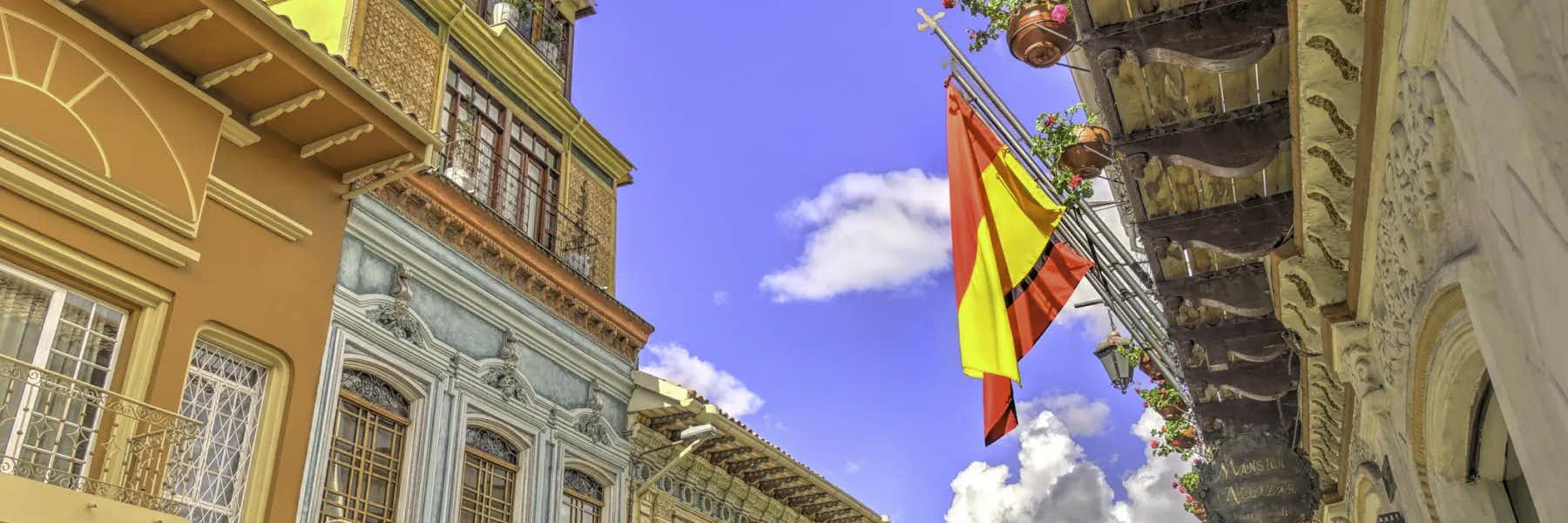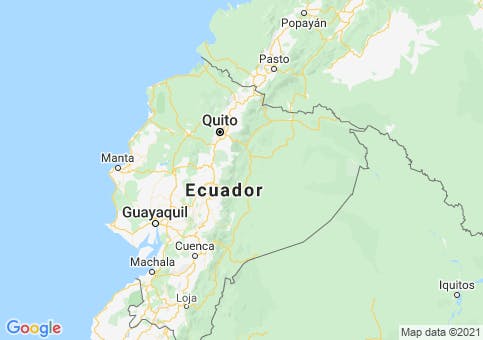The numerous opportunities for investing in Ecuador have made the country one of our favorite locations for overseas investing and retirement. Over the past few years, Ecuador has made a concerted effort to attract foreign investment by liberalizing its investment regulations. Equal treatment is given to local and foreign investors, so when you invest in Ecuador, you’ll receive the same rights of entry into any market as Ecuadorian citizens. Practically all sectors are open to investors and profits and capital can be repatriated without restriction.
Economic Outlook in Ecuador
Prices and costs are moving up and should continue to appreciate for the next several years. Inflation seems to be under control (based on data available through October 2015), and most economic indicators are positive.
There is a good labor pool available in Ecuador, which makes investing in Ecuador particularly attractive. Minimum compensation levels are set by the Ministry of Labor according to the job and industry and can be adjusted by Congress. The minimum compensation package is about $366 a month, and Ecuador has a wealth of good private sector partners available. All this boils down to a favorable environment to invest in a business in Ecuador.
The main economic watch areas are the continued and increased dependence on petroleum exports and the level of (and ability to pay) the debt…the latter issue being made more difficult by the political strain created as the indigenous groups push for increased public spending. President Rafael Correa has caused some concern because of his leftist policies, but he maintains that he supports investment in the country.
Where to Invest in Ecuador
According to the Ecuadorian government, it has been proven in previous cases that a country’s attempts to attract Foreign Direct Investment (FDI) are successful when just a small number of sectors are targeted. In the case of Ecuador, among the entire range of the country’s profitable sectors, only four sectors were chosen by virtue of their economic attractiveness on a curve of supply and demand relative to FDI. These sectors are:
Agribusiness and forestry
Tourism
Real Estate
Fishing and aquaculture
If you’re looking to do business or invest in Ecuador, it pays to look into these areas. These sectors are where the government has focused its attention, so they’re likely where you’ll find the best investment incentives. Maybe you already have a thriving business in the U.S. and want to expand your market. The U.S. Commercial Service tracks trade with U.S. trading partners and keeps tabs on the growth areas where money is to be made importing U.S. goods. Here are the top six nonagricultural areas of greatest opportunity in Ecuador right now:
Plastics machinery
Automotive parts and accessories
Water resources equipment
Orthopedic equipment
Telecommunication equipment
Travel and tourism
Ecuador’s Free-Trade Zones Make Investing in Ecuador Much Easier
Into Ecuador’s free-trade zones you can import raw materials and machinery duty free and then export finished or semi-processed goods without paying any taxes. Businesses that occupy the free-trade zones have no restrictions on the repatriation of their profits, and they benefit from relaxed labor laws that allow them to hire workers on a temporary basis without supplying a year-long contract.
For more information, contact:
Ministry of Foreign Trade, Industrialization and Fishing, Free Trade Zones Council, Av. Amazonas y Eloy Alfaro, Piso 1, Edificio MAG, Quito, Ecuado tel. (593)2256-2565; fax (593)2256-2258; website: www.kishtpc.com/Free-En/free_ecuador.htm.
We’ve found that Rolf Stern of BDO Stern is an excellent resource for getting into a large business in Ecuador: tel. (593)2256-6916; fax (593)2250-4477; email: rstern@bdoconsulting-ec.com
Dollarization
A bold plan to “dollarize” the economy was instituted in 2000, removing the sucre from circulation and making the U.S. dollar the national currency. The effects have been dramatic. Dollarization has lowered the inflation rate, increased economic growth, and given business a solid basis for future planning. It has also eliminated the risk of your investments devaluing due to currency fluctuations.
Dollarization brings drawbacks as well as advantages as it significantly diminishes the country’s ability to respond to shocks–whether of an economic or political nature. The government’s funding requirements remain high, while the presidential administration has been prone to capitulating to pressure from public-sector employees for salary hikes. It also lacks a working majority in the unicameral National Assembly.
One Person Shops: The Small-business Angle of Investing in Ecuador
Your own small import/export concern is a great way to start business in Ecuador. Done on a small scale, buying merchandise in markets and shops overseas for resale back home can easily pay for your travel. Done on a larger scale, you can turn this kind of project into a steady income.
Ecuador is the ideal place to get started. The markets are overflowing with handicrafts, jewelry, sweaters, and the like…all on sale for bargain prices. From gold, silver, and leather goods to statuary, fine alpaca apparel, and magnificent textiles, the choices are endless. A little research around your hometown should give you an idea of what kind of goods will do well in your market.
Grow It and They Will Buy It
Although Ecuador is the world’s leading exporter of bananas and a world leader in rose production, significant opportunities exist in import markets for some agricultural goods. The top four identified by the U.S. Commercial Service include:
Cotton: The Ecuadorian textile industry has focused on developing export markets in recent years. Cotton imports are rising somewhat as a result of increased textile exports and decreased local cotton production; the local crop was hard hit by unfavorable weather conditions following the El Niño and La Niña phenomenon. The U.S. cotton export industry has an agreement with local producers using U.S. cotton to place the “Cotton USA” label on textile products, which has provided a boost to U.S. exports to Ecuador.
Yellow corn: Imported corn is mainly for the domestic poultry industry, and U.S. corn generally captures most of the market share. The poultry industry is growing at approximately 10% to 13% annually, and the shrimp industry at 3% during the last five years. The improved economic situation brought about by dollarization, along with the possibilities of taking advantage of the markets both in Colombia and Peru, may encourage corn and poultry exports to these markets.
Soybean meal: Imports of soybean meal by Ecuador are expected to continue at relatively high levels as domestic soybean production remains at historically low levels. The recovery of local consumption and the increased demand of poultry and eggs from the country’s northern and southern borders will encourage the use and importation of soybean meal.
Consumer food products: In spite of their higher cost, Ecuadorians continue to prefer U.S. food products. Beer, snack foods, meats, wines, and dairy products are all winners in this category. The economic crisis of 1999 and 2000 reduced imports from all sources including the U.S., and recovery will be gradual. However, the new economic model, tariff reductions, and relevant market trends are beginning to show results, including growing food imports.
Get Your Free Ecuador Report Here
Get Your Free Ecuador Report Here
Learn more about Ecuador and other countries in our daily postcard e-letter. Simply enter your email address below and we'll send you a FREE REPORT - Ecuador: Live Like Royalty on Your Social Security.

By submitting your email address, you will receive a free subscription to IL Postcards, Overseas Dream Home, The Untourist Daily and special offers from International Living and our affiliates. You can unsubscribe at any time, and we encourage you to read more about our Privacy Policy.













